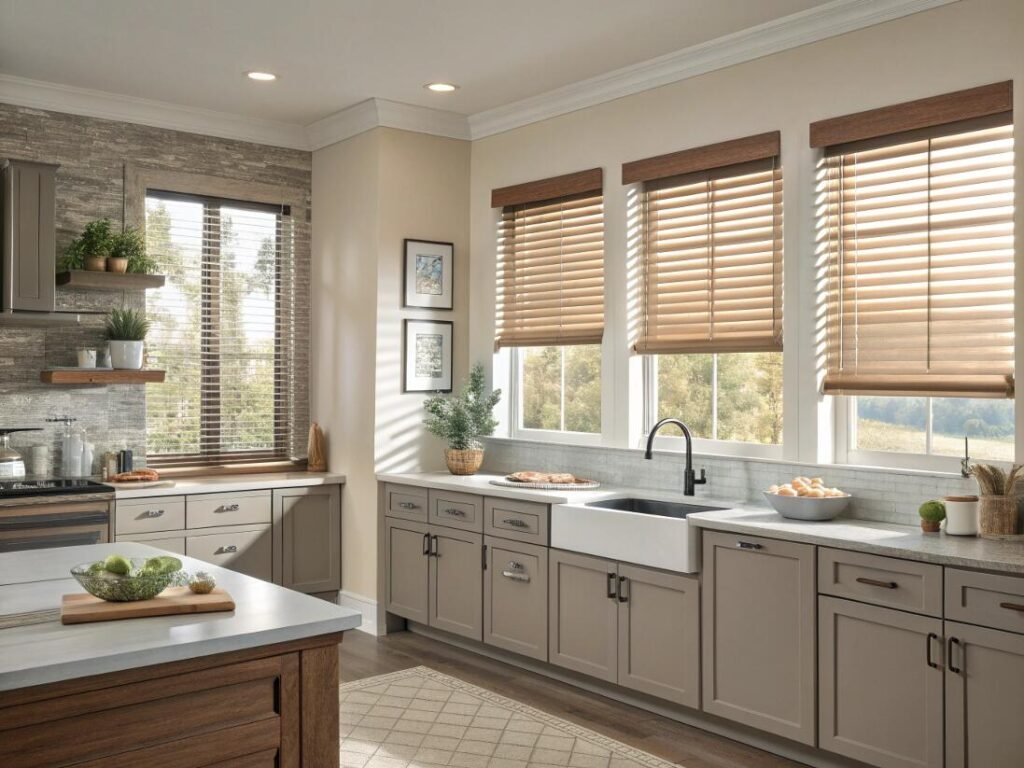You're planning a project and need to choose between motorized and manual blinds. Motorized seems like an expensive luxury, and you're worried it will break the budget before you even get a proper quote.
Motorized blinds[^1] cost significantly more upfront, but they can offer a long-term return on investment through energy savings and convenience. The key is to understand the full cost breakdown, not just the initial price tag.

As a supplier, this is the most common question I get from project managers. Emma, a contractor I work with regularly, once told me she automatically dismissed motorized options for any budget-sensitive project. But after we broke down the numbers, including the energy savings[^2] and the value-add for tenants, the perspective changed completely. The decision isn't just about cost; it's about value. Let's dig into the real numbers so you can make a truly informed choice.
How much more do motorized blinds cost?
You're trying to create a preliminary budget. You know motorized is more expensive, but by how much? Is it a small step up or a giant leap that changes the project's feasibility?
A motorized blind typically adds $150 to $400 per window to the total cost. This includes the motor itself, the power source[^3], and a basic remote control. The fabric and other hardware costs remain the same.
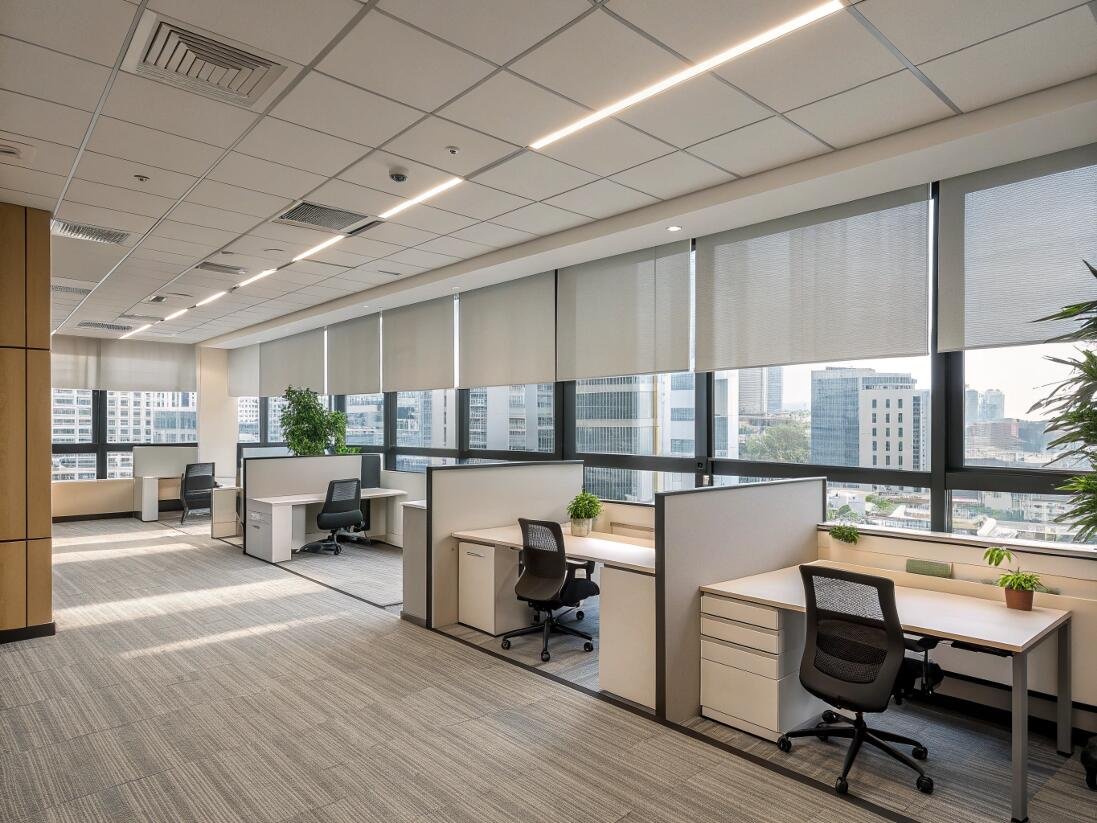
When I create a quote for a B2B client, I always split out the costs for clarity. This helps you see exactly where the money is going. A transparent quote should show the cost of the fabric and hardware separately from the motor system. For example, a standard roller shade fabric might cost $20 per square meter. For a 1.5m x 2m window (3 sqm), the manual blind might cost $60 for the fabric plus $30 for the manual hardware, totaling $90. The motorized version uses the same $60 worth of fabric, but you add the cost of the motor system, which typically ranges from $50 to $85 for a standard motor, plus the remote and power source. This clear separation shows that you are not paying more for the blind itself, but for the added technology, convenience, and automation capabilities.
| Component | Manual Blind (Example) | Motorized Blind (Example) |
|---|---|---|
| Fabric & Tube (3 m²) | $60 | $60 |
| Control System | $30 (Manual Clutch) | $150 (Motor, Battery, Remote) |
| Estimated Unit Cost | $90 | $210 |
| Price Difference | - | +$120 |
Are motorized shades worth the cost?
The upfront price of motorization is high. You're wondering if the benefits of convenience and technology actually justify the significant extra investment, especially on a large-scale project.
Yes, motorized shades are worth the cost for many projects. The return on investment comes from tangible energy savings, increased property value, superior convenience, and enhanced child and pet safety[^4].
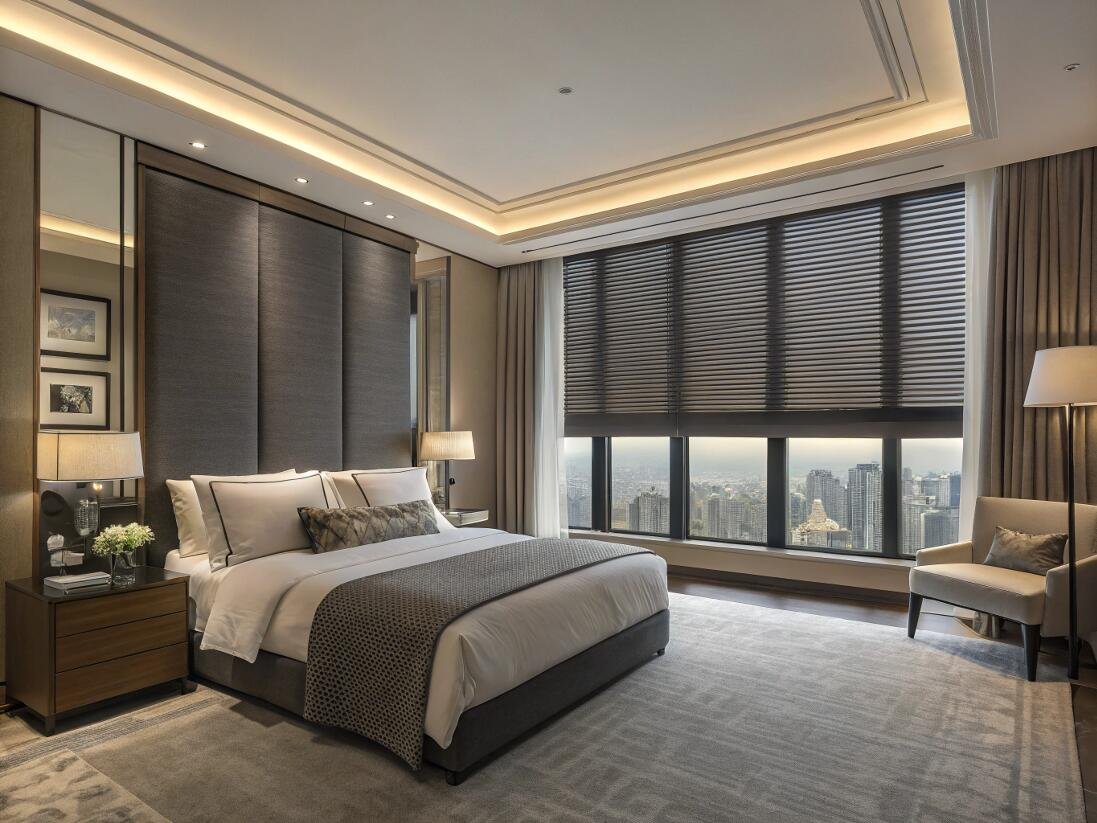
The value of motorization goes far beyond simply not having to pull a cord. For a project buyer, the long-term benefits are where you find the real ROI. First, there are measurable energy savings. By automating blinds to close during the hottest parts of the day in summer and open to allow solar gain in winter, a smart motorized system can reduce a building's HVAC energy consumption[^5] by 10-15%. For a commercial space, this can translate into a few hundred dollars in savings per year, per zone. Second, it's a huge convenience selling point, especially for high, hard-to-reach windows. Third, eliminating cords is a critical safety feature for projects like schools, daycares, or family-focused housing. Finally, smart-enabled motorization is a premium feature that increases the perceived value and rentability of a property.
What is the most affordable way to do blinds?
You need to cover a lot of windows on a very tight budget. You need a functional, professional solution without any expensive features. What is the most cost-effective option available?
The most affordable way to do blinds is to specify standard-sized, manual roller shades[^6] or faux-wood horizontal blinds[^7]. These options use cost-effective materials and avoid the added expense of motors or custom manufacturing[^8].
When budget is the primary driver, simplicity is key. Standard-sized products are mass-produced, which significantly lowers their cost compared to custom-made blinds. Manual roller shades are a fantastic choice because their mechanism is simple and reliable, and the fabrics are available at a very wide range of price points. Faux-wood blinds, typically made from durable PVC, offer the classic look of wood at a fraction of the cost. They are also moisture-resistant and easy to clean, making them a practical choice for high-use areas. By focusing on these two product categories and avoiding custom dimensions wherever possible, you can achieve a clean, consistent look across a large project while keeping costs to an absolute minimum.
What are the disadvantages of motorized blinds?
You're sold on the benefits, but a good project manager always considers the downsides. Before you commit, what are the potential problems or hidden complexities that come with motorization?
The main disadvantages are the higher upfront cost, a dependency on a power source (which can fail), and the potential for more complex maintenance or technical issues compared to simple manual systems.
While motorized blinds are a fantastic technology, it's important to be aware of the trade-offs. The first and most obvious is the upfront cost, which we've already discussed. The second is the reliance on power. Battery-powered motors need their batteries replaced every 1-3 years, which can be a significant maintenance[^9] task across hundreds of units. Hardwired systems are more reliable but can be affected by power outages if there is no backup system. Third, while modern motors are very reliable, they are still electronic devices. A motor can fail, a remote can be lost, or a system can have programming[^10] glitches. This introduces a layer of troubleshooting that simply doesn't exist with a manual blind. A quality supplier mitigates this with strong warranties and support, but it's a factor to consider in your long-term maintenance plan.
What is the life expectancy of motorized blinds?
You're making a long-term investment. How long can you realistically expect the motor and electronic components to last before they need to be replaced? This directly impacts your total cost of ownership.
A quality tubular motor from a reputable manufacturer has a life expectancy of 7-10 years under normal use. The industry standard warranty for a good commercial-grade motor is 5 years.
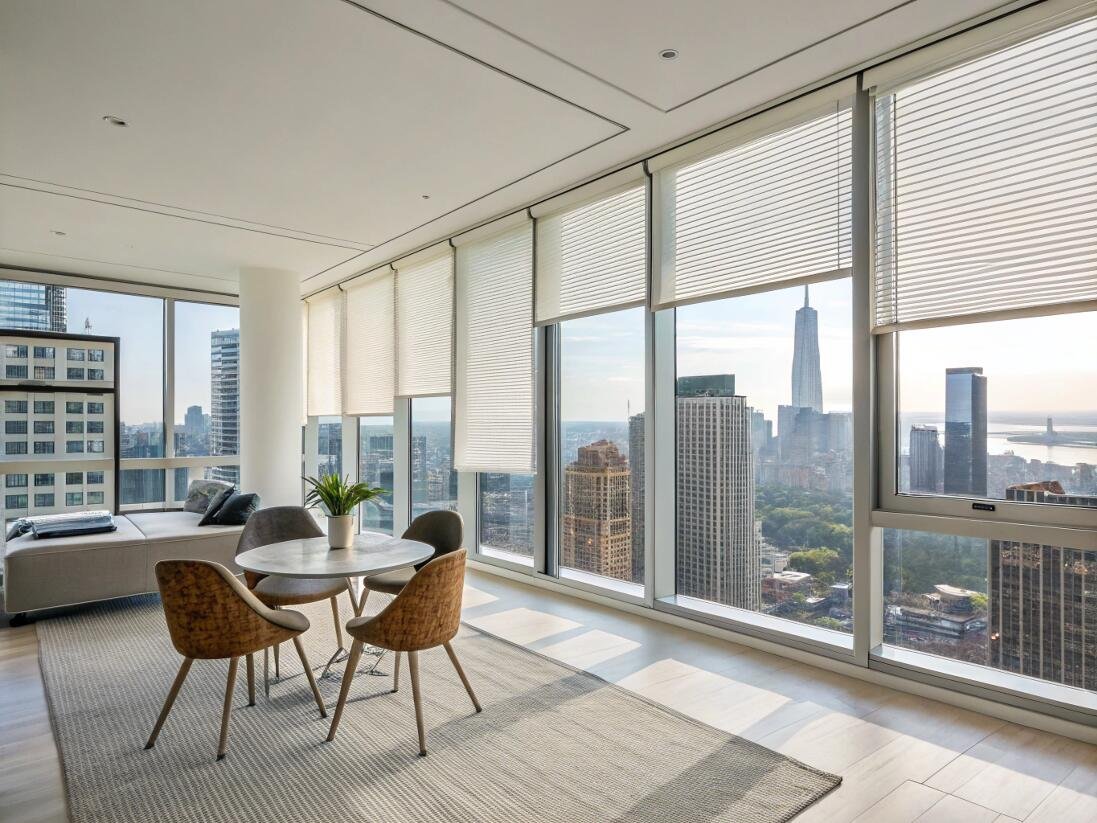
The lifespan of a motorized blind is almost entirely dependent on the quality of the motor. A cheap, unbranded motor might fail in just a couple of years, while a high-quality motor is engineered and tested for thousands of up/down cycles, ensuring years of trouble-free operation. When I work on a B2B specification, I always emphasize that the warranty[^11] is a great indicator of quality. You should look for a contract that provides a 5-year warranty on the motor itself and a 3-year warranty on the electronic controls like remotes and hubs. This tiered structure acknowledges that the mechanical motor is more robust than the delicate electronics. Investing in a product with a strong warranty ensures that your client's asset is protected and dramatically lowers the long-term total cost of ownership by covering the most critical component.
What lead time should contractors expect for motorized systems?
Your project schedule is tight. You assume blinds are a finishing touch with a short lead time[^12], but you're concerned the electronics for motorized systems might add a delay.
Contractors must budget for a 6 to 8-week production and logistics cycle for large orders of motorized blinds. This buffer is critical to prevent delays caused by custom motor sourcing and assembly.

This is one of the most common scheduling mistakes I see project managers make. While simple manual blinds can often be produced quickly, motorized systems are more complex. The specific motors needed for a project, especially those compatible with Building Management Systems[^13] (BMS), are not always sitting in stock. They often need to be sourced from the motor manufacturer, which takes time. Then, our factory needs time to custom-assemble each blind, integrate the motor, and conduct rigorous quality control tests to ensure every unit functions perfectly before it ships. Rushing this process leads to errors. By building this 6-to-8-week window into your master schedule from the beginning, you ensure that this critical component arrives on time and doesn't create a bottleneck during the final, crucial phase of your project.
How do installation costs differ for large-scale commercial roll-outs?
You're budgeting for a 200-unit apartment building. How does the installation for motorized blinds scale, and what additional labor costs[^14] do you need to account for compared to a manual installation?
For a large-scale project, motorized blind installation is significantly more complex and can increase labor costs by 30-50%. This is due to the need for electricians for hardwiring and/or programmers for system integration.

Installing one manual blind is simple. Installing 200 is just repetitive labor. Installing 200 motorized blinds introduces entirely new skill requirements. If you choose a hardwired solution, you now need a licensed electrician on the job to run low-voltage wiring to every single window header. This has to be done during the construction phase before the walls are closed up, requiring careful coordination with the general contractor. If you choose a battery-powered wireless solution, you don't need an electrician, but you will need a technician to program every single blind, pair it with the correct controls, and set up the smart hub or gateway. For a commercial project, this programming and commissioning phase is a significant task that requires specialized knowledge, adding time and cost to the project's bottom line.
How should you structure warranty and spare-parts agreements in B2B contracts?
You know that over a 10-year period, some blinds will need service. How do you protect your investment and ensure you can handle repairs quickly and cost-effectively without relying on slow warranty claims?
Your B2B contract must specify a 5-year motor warranty and include a 2% spare parts package. This combination provides long-term protection and allows for immediate, on-site repairs to minimize operational downtime.
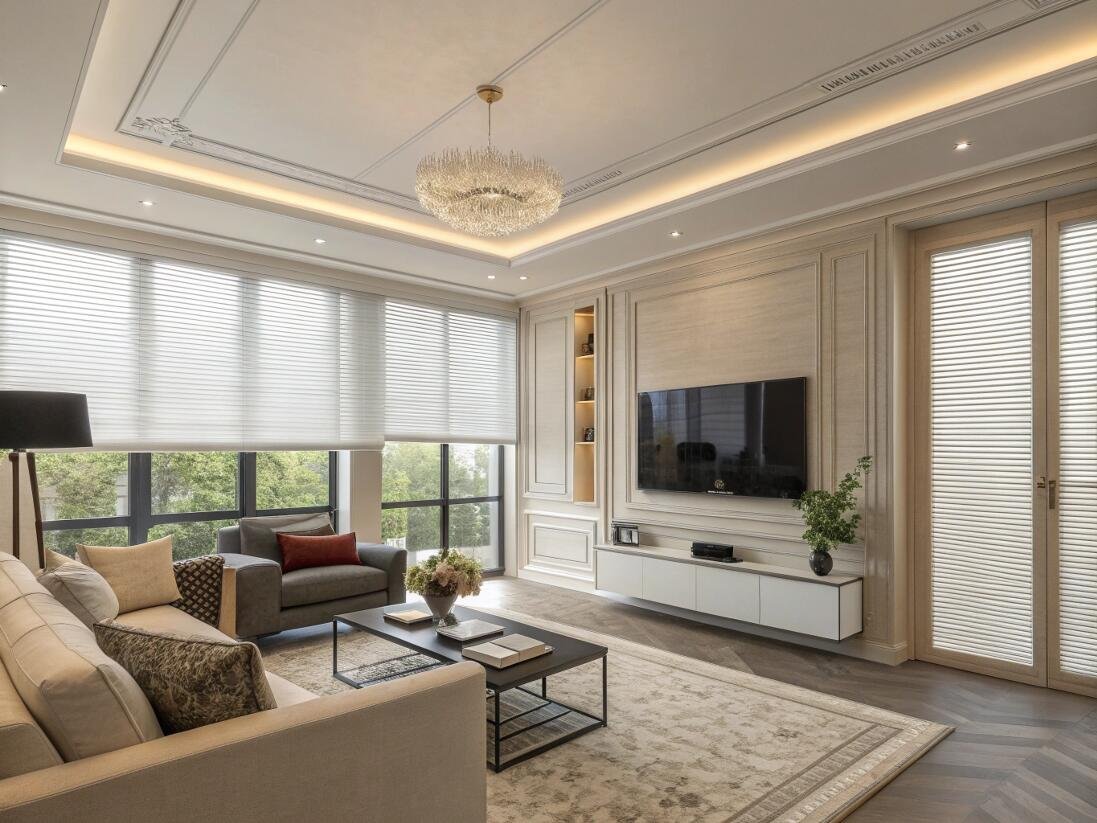
For a commercial property owner, a blind that doesn't work is an operational failure. Waiting weeks for a warranty replacement is not acceptable. This is why the structure of your supply agreement is so critical. The first part is the tiered warranty: 5 years on the core motor and 3 years on controls. This ensures the most expensive part is covered for a long duration. The second, and perhaps most important part for B2B buyers, is the spare parts package. I insist on including this in large project proposals. A 2% package means that for every 100 blinds you order, we provide two complete spare motors, extra remotes, and mounting hardware at no additional cost. This allows the building's own maintenance staff to immediately swap out a faulty component, restoring service in minutes instead of weeks. This simple contractual clause can save thousands in potential losses and is a hallmark of a truly professional supply partner.
Conclusion
Motorized blinds are a smart investment, not an expense. They cost more upfront but deliver returns in energy savings, safety, and value. For a successful project, budget for the total installed cost and plan for longer lead times.
---
[^1]: Explore the advantages of motorized blinds, including energy efficiency and convenience, to make an informed decision.
[^2]: Learn how motorized blinds can significantly reduce energy costs and improve HVAC efficiency in your space.
[^3]: Understand the different power options for motorized blinds and their implications for installation.
[^4]: Discover the safety features of motorized blinds that make them ideal for family-oriented spaces.
[^5]: Explore how motorized blinds can optimize HVAC performance and lead to significant energy savings.
[^6]: Find out why manual roller shades are a cost-effective and reliable option for budget-sensitive projects.
[^7]: Explore the advantages of faux-wood blinds, including durability and cost-effectiveness for various spaces.
[^8]: Explore the implications of custom manufacturing on costs and lead times for your blind installation.
[^9]: Learn about the maintenance needs of motorized blinds to ensure their longevity and performance.
[^10]: Learn about the programming process for motorized blinds and its impact on installation complexity.
[^11]: Find out what warranties are standard for motorized blinds and how they protect your investment.
[^12]: Understand the expected lead time for motorized blinds to effectively plan your project schedule.
[^13]: Discover how BMS integration can enhance the functionality of motorized blinds in commercial spaces.
[^14]: Get insights into how labor costs can vary significantly between motorized and manual blind installations.Partner with VelaBlinds for Your Next Project
Smart window treatments shouldn't be complicated. After working with 500+ distributors and contractors worldwide, I've streamlined the process to get you quality products, competitive pricing, and reliable support - every time.
Why project professionals choose VelaBlinds:
- ✅ Fast, Accurate Quotes - Detailed specs and pricing within 24 hours
- ✅ Transparent Pricing - No hidden fees, volume discounts clearly outlined
- ✅ Quality Assurance - Direct partnerships with certified OEM manufacturers
- ✅ Project Support - Dedicated account manager from quote to delivery
Start your next project:
📧 Quick Quote: Send your requirements to info@velablinds.com
📱 Direct Contact: WhatsApp +86 137 2012 8317
🌐 Browse Solutions: https://velablinds.com/
📁 Product Resources: Access spec sheets, catalogs & project files
Paul Chen, Founder
"I built VelaBlinds to solve the real challenges I faced as a project buyer - long lead times, unclear specs, and unreliable suppliers. Let's discuss how we can power your projects with smarter blinds."
Serving distributors and contractors across North America, Europe, and Australia since 2018.

